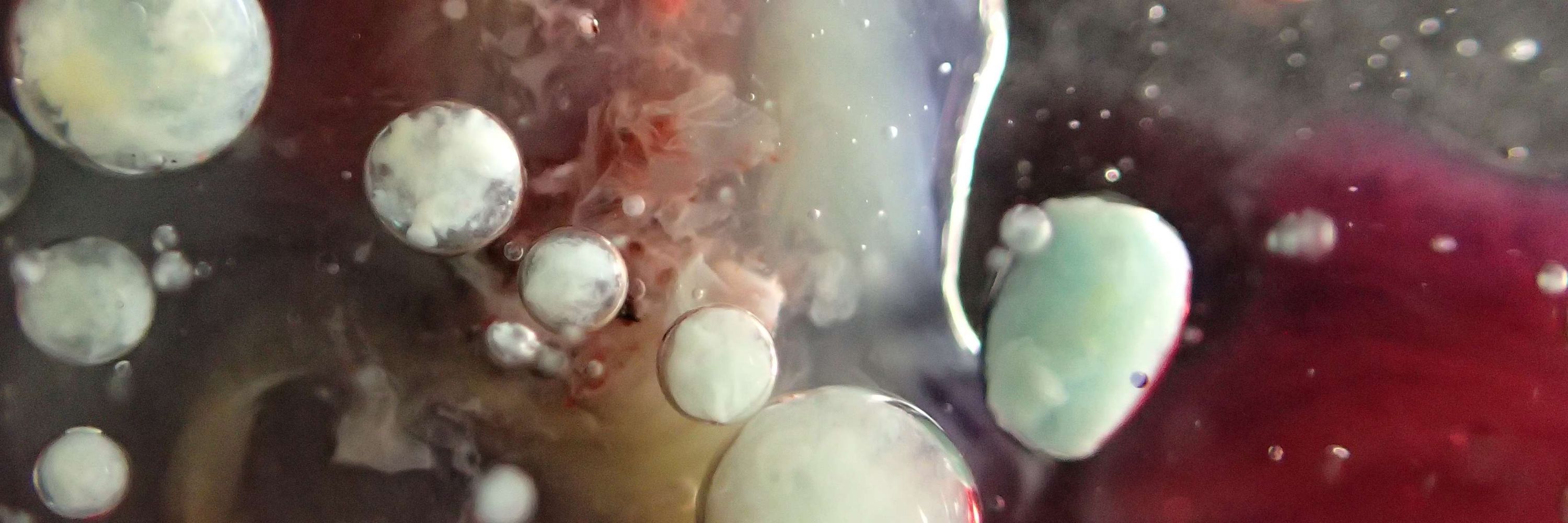
Steven Boeynaems
@boeynaemssteven.bsky.social
Assistant Professor at Baylor College of Medicine and Texas Children's Hospital. Houston, TX
Science: disorder, condensates, repeats, cell stress, neurodegeneration, drug discovery, synbio Non-science: art, fashion, cooking
www.boeynaemslab.org
Science: disorder, condensates, repeats, cell stress, neurodegeneration, drug discovery, synbio Non-science: art, fashion, cooking
www.boeynaemslab.org
Ain't no party like a bœuf bourguignon party.
November 8, 2025 at 10:20 AM
Ain't no party like a bœuf bourguignon party.
Such great work. Congrats!
November 5, 2025 at 2:58 PM
Such great work. Congrats!
Reposted by Steven Boeynaems
For our previous work on lysine deserts see
Kampmeyer et al, 2023:
Lysine deserts prevent adventitious ubiquitylation of ubiquitin-proteasome components
doi.org/10.1007/s000...
Kampmeyer et al, 2023:
Lysine deserts prevent adventitious ubiquitylation of ubiquitin-proteasome components
doi.org/10.1007/s000...

Lysine deserts prevent adventitious ubiquitylation of ubiquitin-proteasome components - Cellular and Molecular Life Sciences
In terms of its relative frequency, lysine is a common amino acid in the human proteome. However, by bioinformatics we find hundreds of proteins that contain long and evolutionarily conserved stretches completely devoid of lysine residues. These so-called lysine deserts show a high prevalence in intrinsically disordered proteins with known or predicted functions within the ubiquitin-proteasome system (UPS), including many E3 ubiquitin-protein ligases and UBL domain proteasome substrate shuttles, such as BAG6, RAD23A, UBQLN1 and UBQLN2. We show that introduction of lysine residues into the deserts leads to a striking increase in ubiquitylation of some of these proteins. In case of BAG6, we show that ubiquitylation is catalyzed by the E3 RNF126, while RAD23A is ubiquitylated by E6AP. Despite the elevated ubiquitylation, mutant RAD23A appears stable, but displays a partial loss of function phenotype in fission yeast. In case of UBQLN1 and BAG6, introducing lysine leads to a reduced abundance due to proteasomal degradation of the proteins. For UBQLN1 we show that arginine residues within the lysine depleted region are critical for its ability to form cytosolic speckles/inclusions. We propose that selective pressure to avoid lysine residues may be a common evolutionary mechanism to prevent unwarranted ubiquitylation and/or perhaps other lysine post-translational modifications. This may be particularly relevant for UPS components as they closely and frequently encounter the ubiquitylation machinery and are thus more susceptible to nonspecific ubiquitylation.
doi.org
October 7, 2025 at 9:20 PM
For our previous work on lysine deserts see
Kampmeyer et al, 2023:
Lysine deserts prevent adventitious ubiquitylation of ubiquitin-proteasome components
doi.org/10.1007/s000...
Kampmeyer et al, 2023:
Lysine deserts prevent adventitious ubiquitylation of ubiquitin-proteasome components
doi.org/10.1007/s000...
Reposted by Steven Boeynaems
Without McdAB, CryoET shows large and disorganized aggregates of carboxysome components at the cell poles. By contrast, McdAB-expressing cells displayed fully assembled, properly sized, and unclustered carboxysomes distributed across the nucleoid region of the cell!
September 23, 2025 at 5:39 PM
Without McdAB, CryoET shows large and disorganized aggregates of carboxysome components at the cell poles. By contrast, McdAB-expressing cells displayed fully assembled, properly sized, and unclustered carboxysomes distributed across the nucleoid region of the cell!

